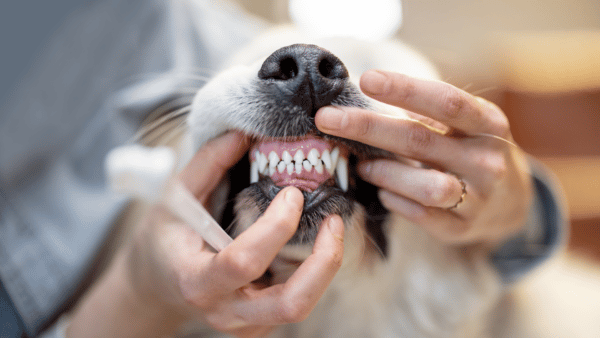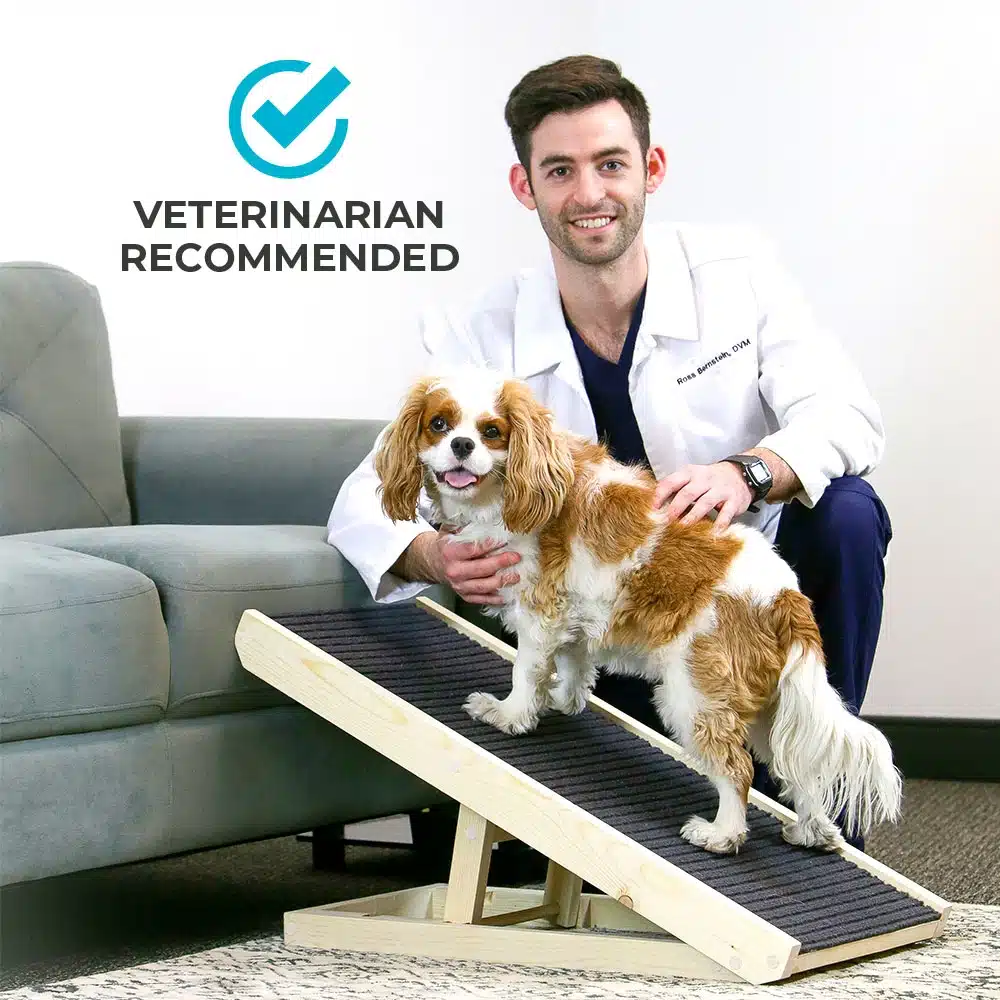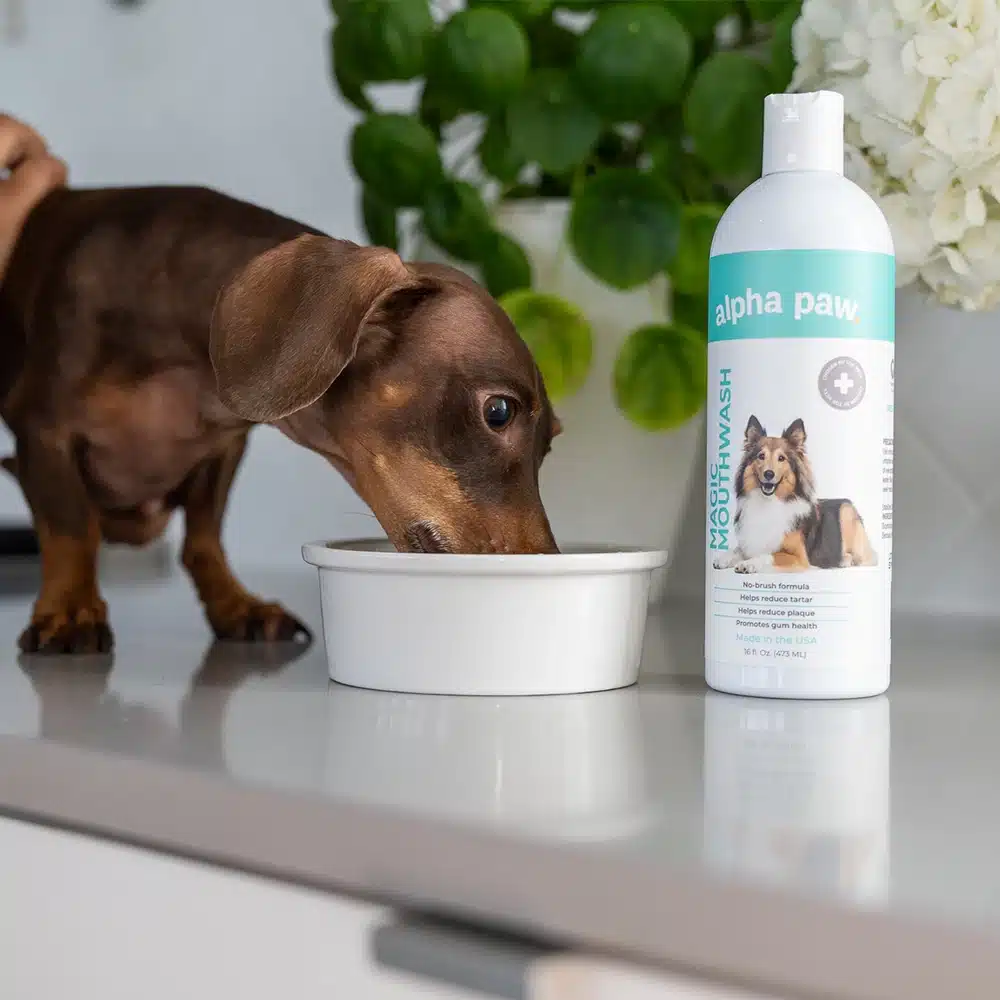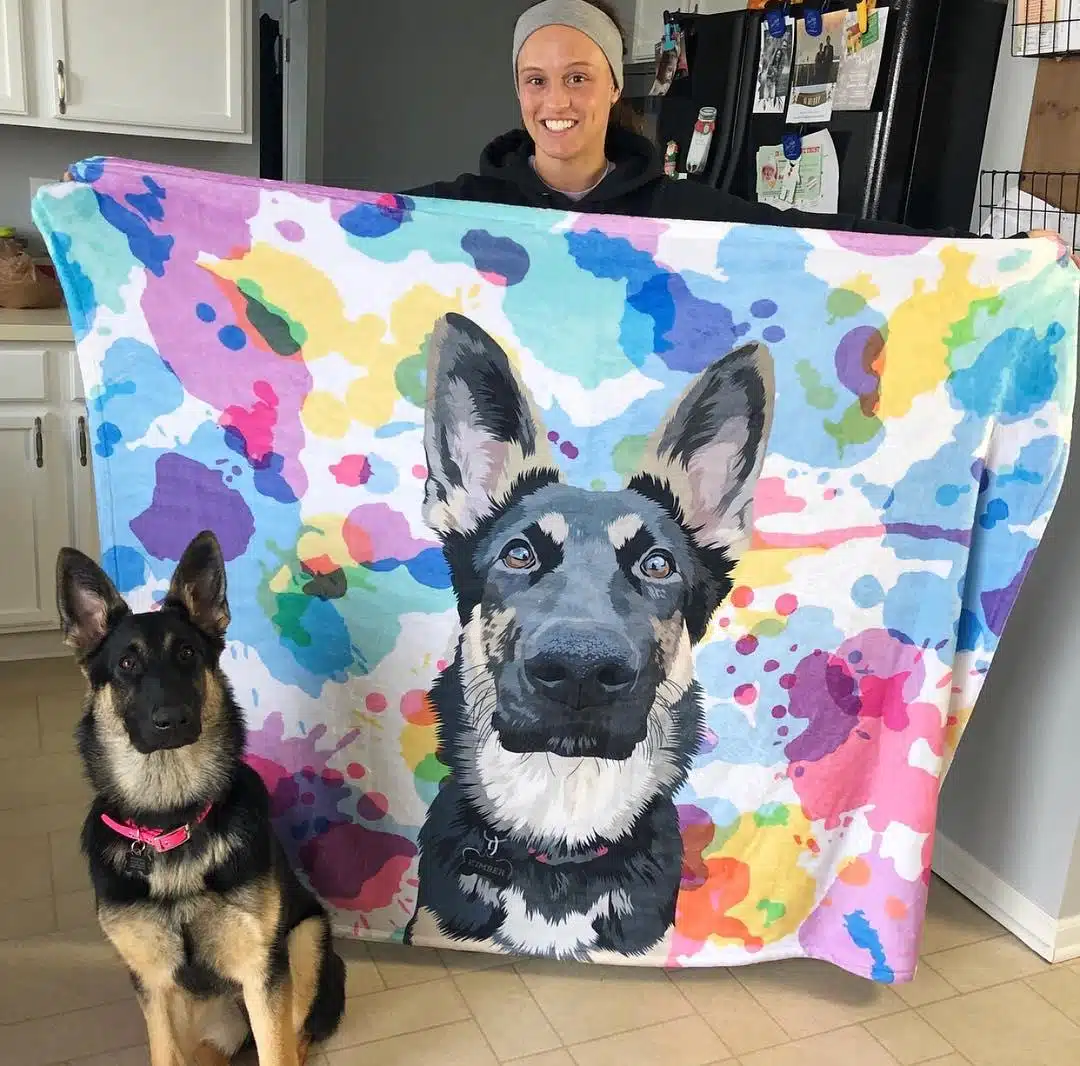Your Dog’s Teeth Matters
Caring for your dog’s teeth can be a difficult and traumatic process for both you and your fur buddy. Like humans, dogs probably have anxiety when their mouths are prodded and probed, so it’s important to establish routines around dental care that are comforting and reassuring to them.
Neglect is not the answer. Lay down a dental routine when they are puppies or as soon as you adopt them. Get them used to the brushing early on.
You can start a dental care routine with your pup when they are as young as a month old. Start by massaging their gums. You can do this when you’re snuggling or playing with them. Puppies are born with fully formed baby teeth that are sharper and more pointed than adult teeth.
Eventually, the puppies will have 28 deciduous teeth (also known as primary, baby, or milk teeth), and 42 permanent teeth (also known as secondary teeth), when they become adults. Like humans, canines have two sets of teeth during their lifetime. The baby teeth and the adult teeth.
Once your dog is comfortable with gum massage, you can then use a soft rubber brush that fits on your fingertip. It will take time and effort to train your four-legged buddy, but this is a critical first step in developing a good routine for dental care. Postpone using a specialized toothbrush (for dogs) until the adult teeth have surfaced. That is around six months of age.
Establishing A Teeth-Brushing Routine
Ideally, you need to brush your doggo’s teeth once a day. For smaller dogs, finger brushes can be enough to reach all teeth. However, bigger dogs may need longer toothbrushes. Use a dog toothbrush that is angled to reach certain parts of the canine mouth that normal brushes can’t do.
The One Thing Pet Owners Regret Not Doing Until It’s Too Late
Is your pet safe?
1 in 3 pets will need emergency veterinary treatment each year and it is estimated a pet receives emergency care every 2.5 seconds in the U.S.
The average cost of treating a broken bone in dogs is $2,700. Cancer treatments? Up to $10,000.
It’s why so many pet owners say their biggest regret isn’t the vet bill—it’s not having pet insurance when they needed it most.
Ask yourself: “If an unexpected $5,000 vet bill hit tomorrow, could I afford it?”
If the answer is no, it’s time to get covered.
Take a look at Lemonade. They have a great app that actually works, they have an instant chatbot that is faster and, dare we say it, friendlier than most companies’ “real” customer service and a quick scroll through Reddit will uncover… people are really vibing with this brand.
So go check them out and take a look. It takes less than a minute.
The best position to brush your pooch’s teeth is kneeling in front or to the side of them. Try to check your dog’s anxiety level. If they are not comfortable, you might want to postpone and try again later. Giving them calming chews beforehand and spraying their space with a calming diffuser can help.
When you and your pooch are ready, lift your dog’s upper lip and angle your bristles to reach the gum line. Place the brush at a 45-degree angle against the teeth. Do a small circular motion and use gentle pressure.
Brush all teeth, working from one side, to the front, then to the other side. You can either start on the top teeth and then to the bottom teeth. Do this systematically to save time and ensure your dog is unnecessarily agitated.
You may notice slight bleeding, but that’s okay. If bleeding continues, it may indicate gum disease. Talk to your vet for advice.
Add Mouthwash For Dogs To Your Pooch’s Water Bowl
In between the dental cleanings, you can add a mouthwash for dogs to their cleaning routine. This is probably the simplest way to keep their breath fresh and bacteria at bay. Simply add the amount needed and leave it alone. Provide your dog with another water bowl that does not have the mouthwash additive in case they take some time getting used to the mouthwash.
Tips For Improving Your Dog’s Dental Health
- Schedule yearly dental cleaning. Aside from cleaning, your vet can assess any potential problems your dog may have. This serves as a preventive and therapeutic measure at the same time.
- Use dental chews. They are effective in scraping off plaques and tartar. The best part is that dogs typically love dental chews. So, there’s no struggle in giving them dental treats.
- Provide chew toys for your pooch, especially during the teething phase. Chewing is common at this stage as your dog tries to relieve the discomfort caused by his inflamed gums.
- Check your dog’s mouth on a regular basis so you can detect medical conditions early on. Some early signs and symptoms of more serious health problems can be seen in the mouth. For example, smelly and infected mouths may indicate diabetes and kidney disease.
Final Thoughts
Keeping your dog healthy includes keeping its mouth healthy. A healthy oral cavity, teeth, gums, and tongue goes a long way for your dog’s overall quality of life. If you have any questions, don’t hesitate to speak to your vet. Ask for advice on how to better take care of your dog’s oral health.
80% of Dogs Develop Arthritis or Joint Pain by 7 Years old – Here’s How to Protect Them
Most of us train our dogs when they are puppies to jump up on furniture. We think it’s harmless (and easier than always lifting them), but for dogs, couches and beds are very high compared to the size of their bodies.
Every time they jump it compresses their back and applies enormous force to their joints.
It’s no wonder that an incredible 80% of dogs experience arthritis or joint pain by only 7 years old.
Luckily, there is a vet-recommended solution.
It’s the PawRamp by Alpha Paw. An adjustable ramp that allows dogs to safely get on and off couches and beds. PawRamp makes joining you in bed or on the couch effortless and fun.
As a bonus, you can use code SAVE35 to get $35 off the PawRamp today.












